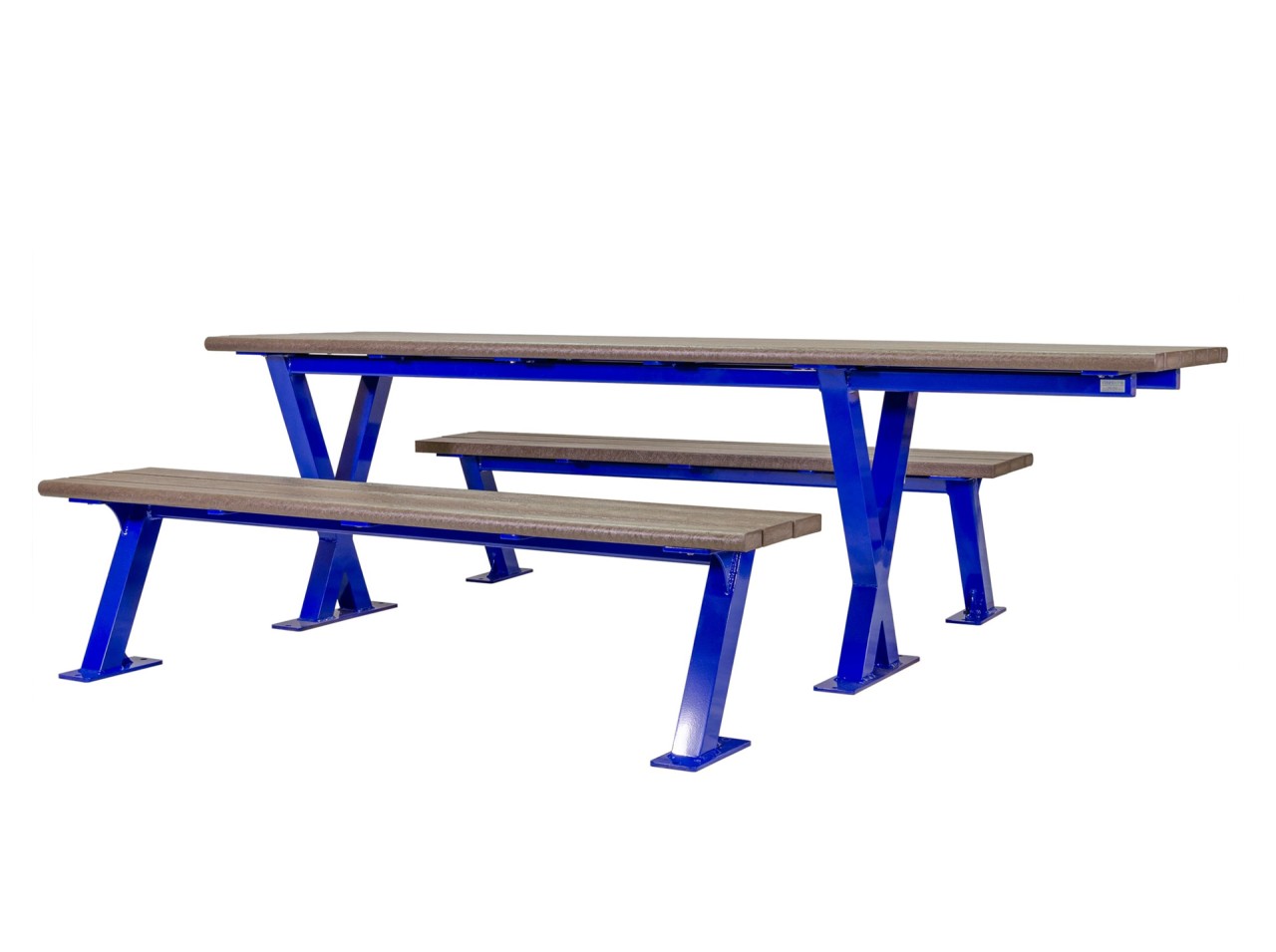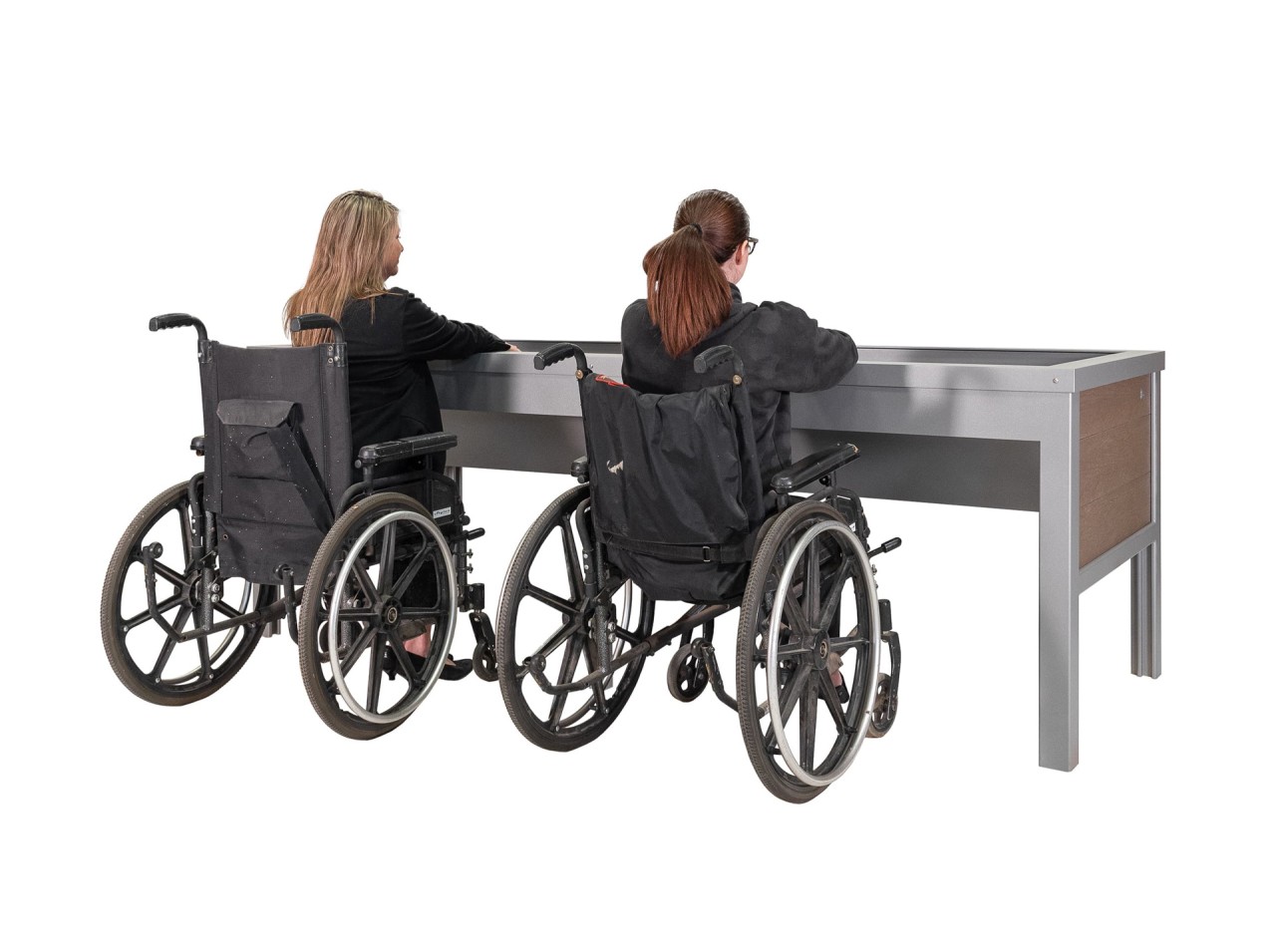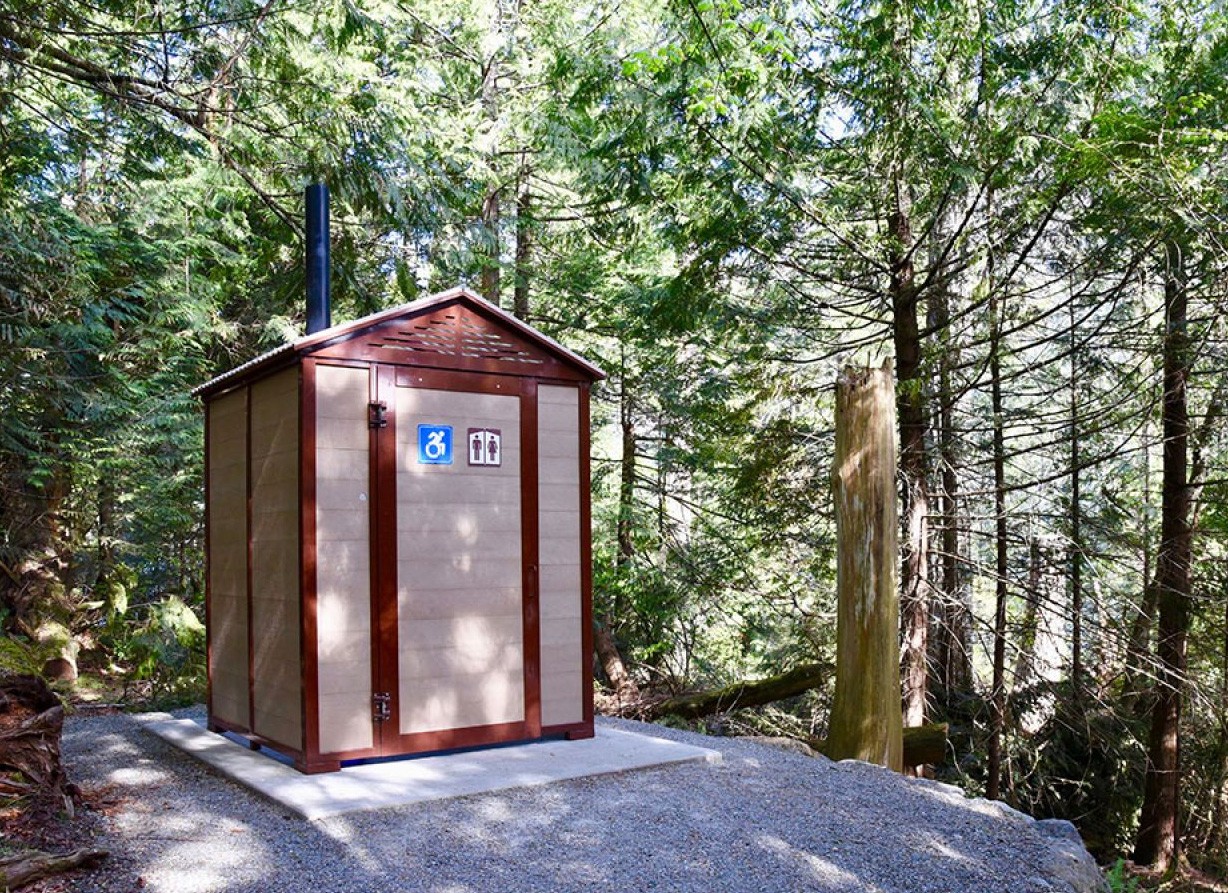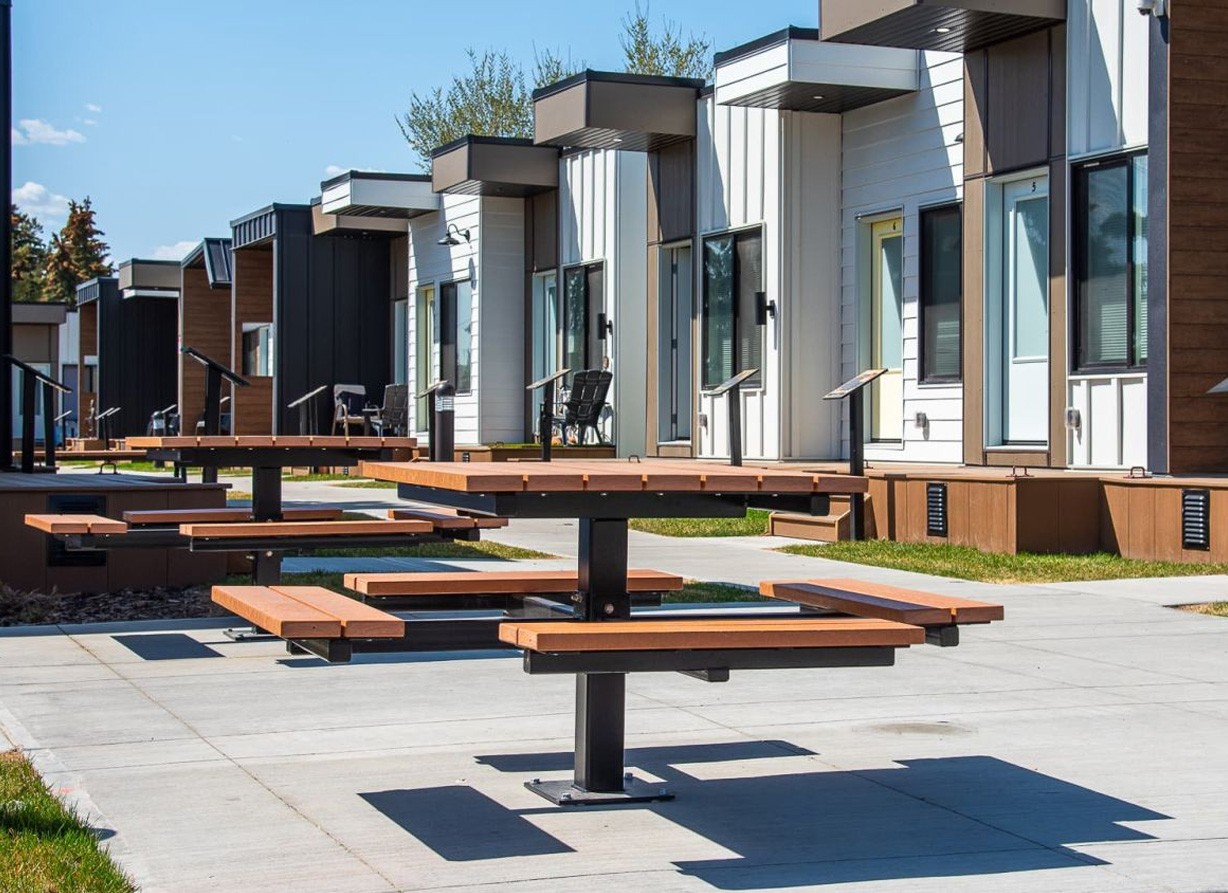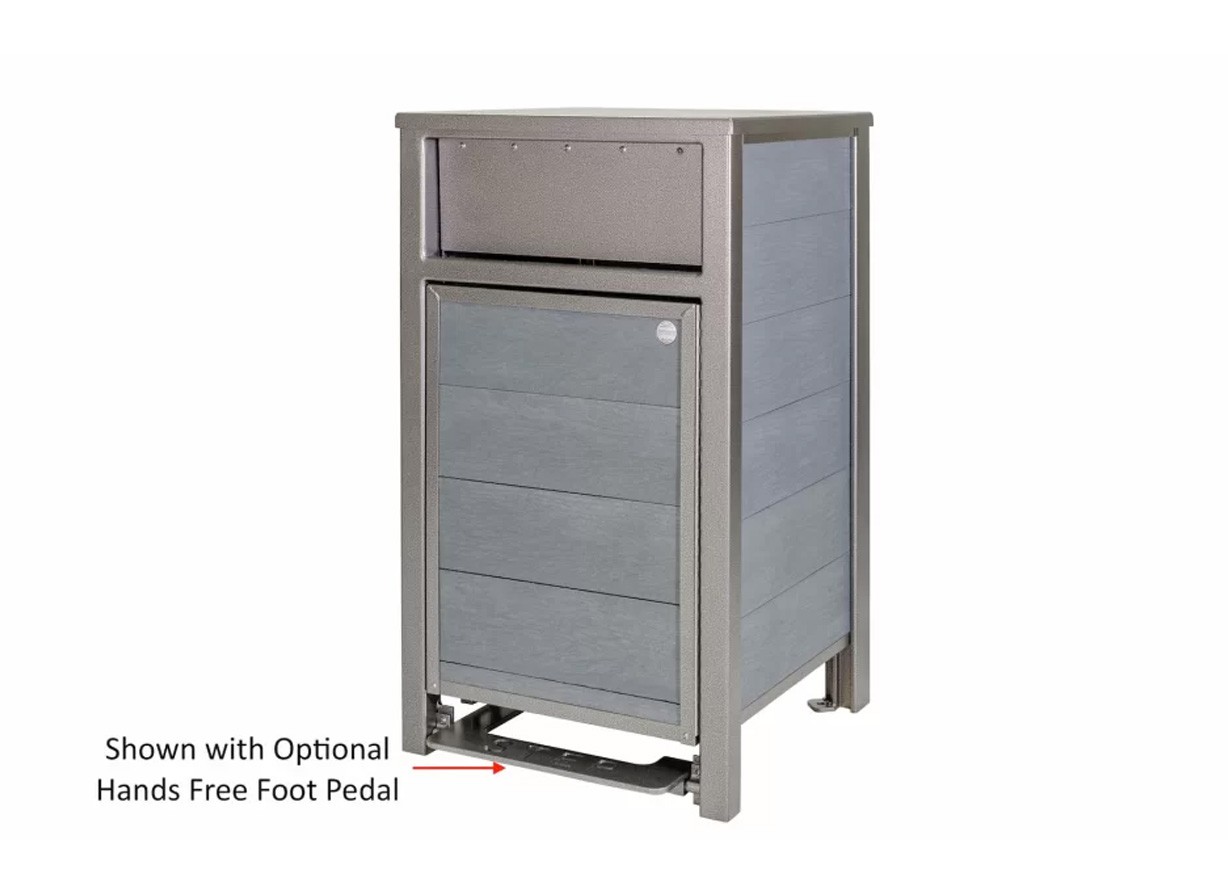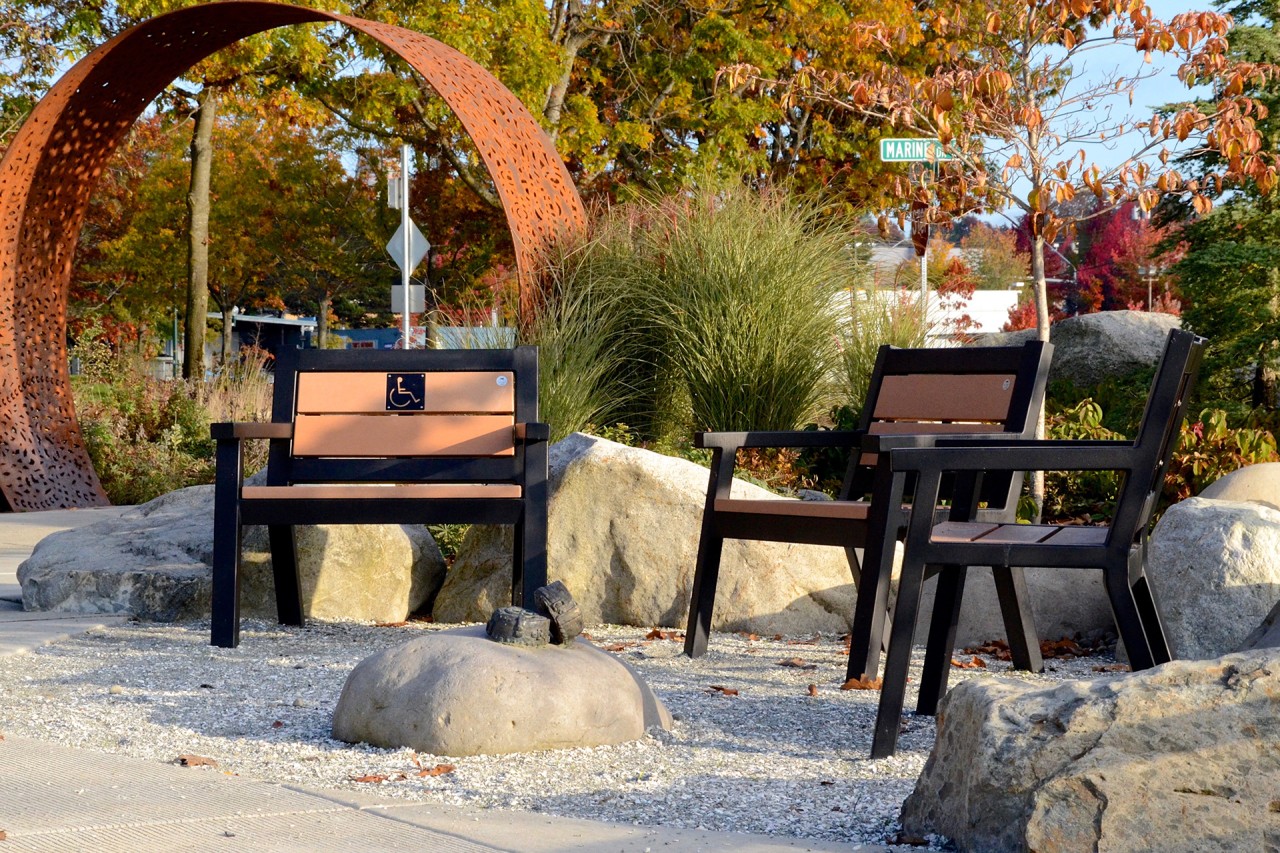Making the World More Accessible with Site Furnishings
Creating truly inclusive public spaces means designing for everyone—and that includes ensuring site furnishings are accessible to people who use wheelchairs. Benches, tables, and waste receptacles may seem like minor elements, but they play a major role in how welcoming and usable a space feels.
Accessibility isn't just about compliance—it's about dignity and independence. Wheelchair-accessible furnishings allow all users to enjoy public spaces comfortably and safely. For example, picnic tables with extended tops provide space for wheelchair users to roll up without obstruction. Benches with armrests and proper seat height offer needed support for people with limited mobility. Even something as simple as the clear space around a waist receptacle or the addition of a foot pedal can make a big difference.
Beyond ADA compliance, thoughtful design considers placement, surface materials, and spacing. Furnishings should be placed along accessible routes, on stable, firm surfaces, with adequate clear space around them for maneuvering. It's not just about checking a box—it's about ensuring everyone feels invited to stay, relax, and enjoy the environment.
Inclusive design is good design. When site furnishings are planned with accessibility in mind, everyone benefits—from parents with strollers to seniors with walkers to people in wheelchairs. It's a small step that makes a big impact in creating public spaces that are truly for all.
A few examples of Wishbone's accessible site furnishings:
When you subscribe to the blog, we will send you an e-mail when there are new updates on the site so you wouldn't miss them.

